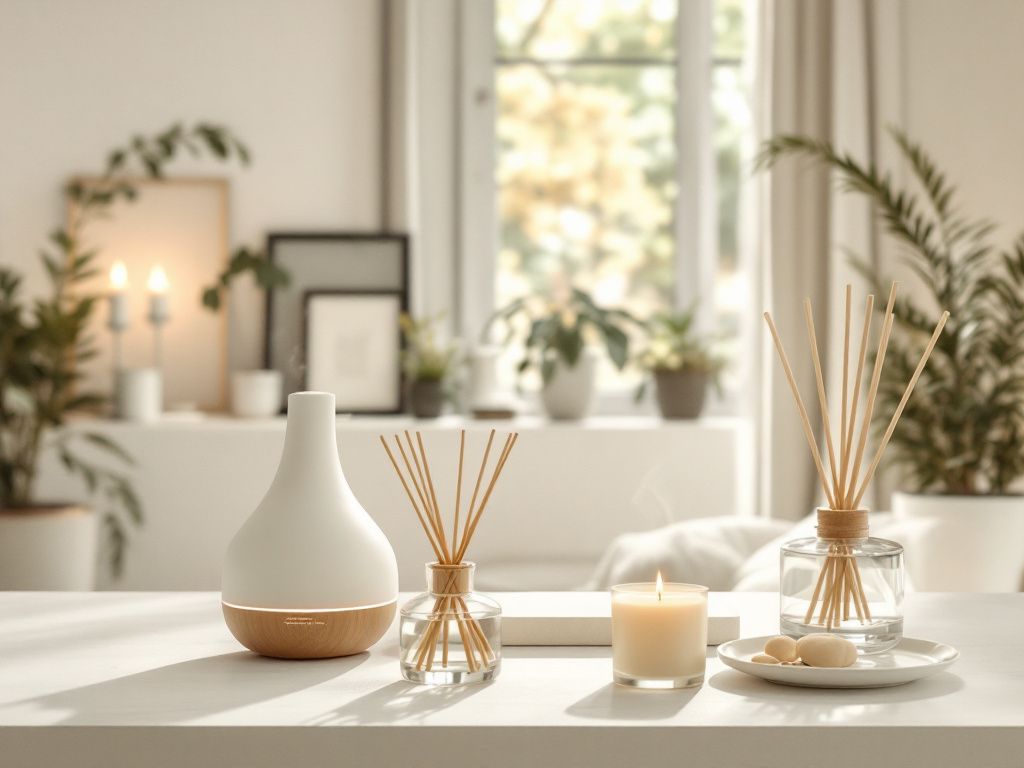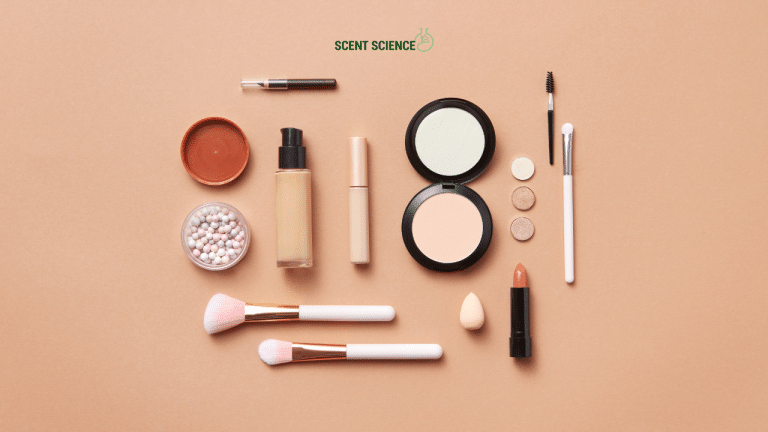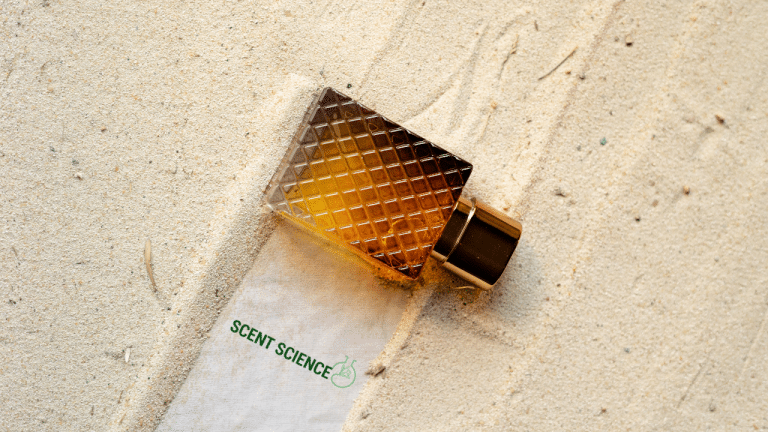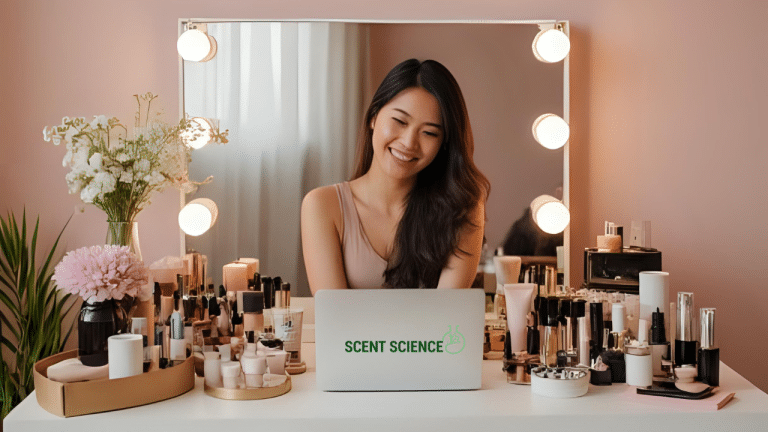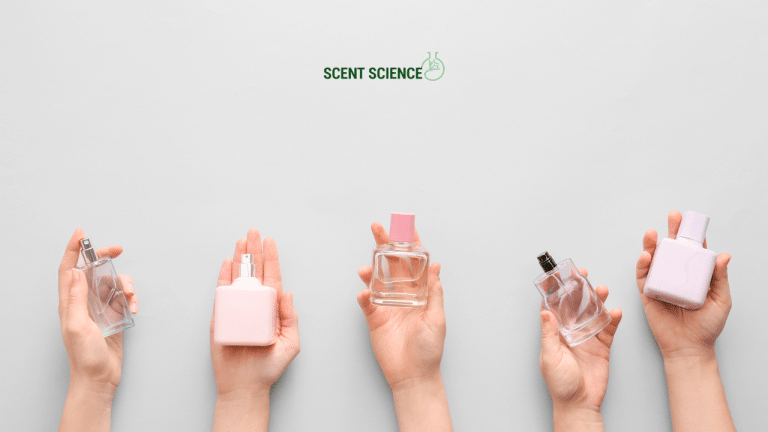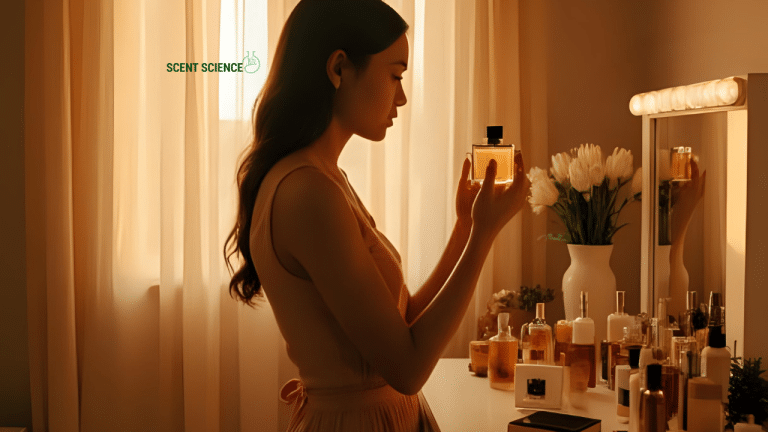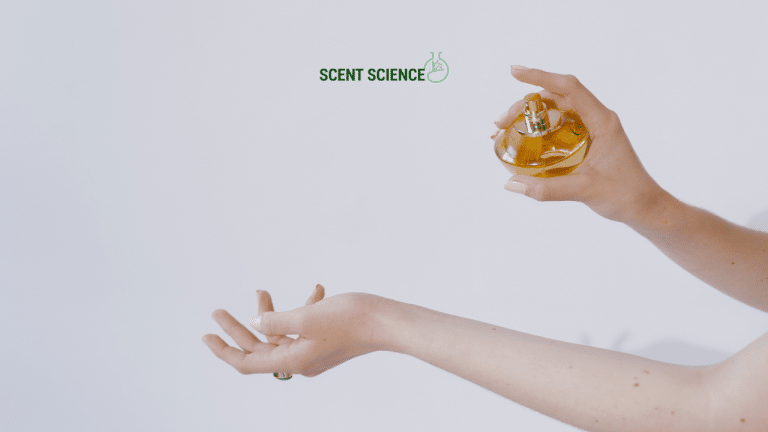Have you ever walked into a room and felt an immediate change in mood, thanks to a fragrance in the air? That magical transformation is no accident—it’s the result of strategic use of fragrance delivery systems designed to enhance atmosphere and influence emotions. But how do different systems stack up against each other in terms of mood-enhancement efficacy? 📊
In this piece, we’ll conduct a methodical assessment of various fragrance delivery technologies. From diffusers to sprays, and beyond, we’ll explore which systems are most effective, how they work, and how you can choose the best one to meet your needs. As we delve into the science of scent technology, you’ll gain not only knowledge but also discover practical applications that could transform your living or workspace into a desired haven.
Table of Contents
ToggleThe Science Behind Scent and Mood
Before we dive into the specifics, let’s understand why fragrances have such a potent effect on our mood. When you inhale a scent, olfactory receptors in your nose send signals directly to the brain’s limbic system, a region intimately tied with emotions and memory. This direct line means scents can influence emotions almost instantly.
For instance, aromas like lavender or chamomile are known to trigger relaxation, whereas citrus scents such as lemon or orange can invigorate and energize. The efficiency of these effects can be largely influenced by the delivery system used.
Key Fragrance Delivery Systems in Comparison
1. Aromatherapy Diffusers

Diffusers are perhaps the most popular method today, using various techniques to disperse essential oils into the air.
- Ultrasonic Diffusers: These use electronic frequencies to create vibrations in water that are combined with essential oils, producing a fine mist. Due to their water content, they add moisture to the room which can be a beneficial side effect in dry climates.
- Effectiveness*: Ultrasonic diffusers are effective for larger spaces and sustain aroma over longer periods. Ideal for ambient mood setting in structured environments like spas.
- Pro Tip*: Always choose diffusers with BPA-free materials to avoid harmful interactions with essential oils.
- Nebulizing Diffusers: These utilize a pressurized air stream to break the oils into small particles for dispersal without heat or water.
- Effectiveness*: Although typically more expensive, they offer a more concentrated and pure fragrance output due to delivering oils in their natural state.
- Case Study*: A wellness spa that switched from ultrasonic to nebulizing systems reported an 18% increase in customer satisfaction scores related to ‘ambiance’.
2. Scented Candles
Scented candles use heat to melt wax and release embedded fragrance oils.
- Effectiveness*: These deliver a cozy atmosphere and are perfect for creating specific mood zones, especially in domestic settings. However, their reach is typically limited to smaller spaces.
- Do This, Not That*: Choose soy-based candles over paraffin to ensure a cleaner burn and minimize toxins.
3. Room Sprays
This fast-acting method quickly freshens the air and is great for temporary and immediate scent deployment.

- Effectiveness*: Perfect for quick mood adjustments but limited in duration. Best used in small spaces or for targeted needs.
- Common Mistake*: Avoid oversaturation, which can lead to overwhelming senses without truly enhancing mood.
4. Reed Diffusers
These simple systems use rattan reeds to absorb fragrant oil from a container and release it into the air.
- Effectiveness*: Offers a subtle background aroma suitable for consistent ambient scents in mediums to small rooms without the need for electricity or heat.
- Expert Tip*: Flip reeds weekly to refresh scent dispersal and maintain efficacy.
5. Electric Plug-Ins
These use heat and often electric fans to disseminate oils or fragrance liquids.
- Effectiveness*: Offer convenience with programmable settings for periodic diffusion ensuring steady release throughout the day.
- Best Practices*: Opt for units with auto-shutoff functionality to ensure safety and enhance the lifespan of the unit.
Effectiveness Ratings: Combining Systems for Optimal Outcomes

To maximize mood enhancement, many experts recommend a layered approach which involves using multiple fragrance systems simultaneously or over different times:
- Layering Techniques: Combine the long-lasting ambient quality of reed diffusers with the deep saturation ability of a nebulizer in primary spaces.
- Scenario: In a busy office, use plug-ins for baseline aroma and incorporate room sprays for a quick mood lift during afternoon slumps. 🏢
Making the Right Choice
Choosing the best fragrance delivery system often involves personal preference, specific environmental needs, and desired impact intensity.
- Environment Assessment*: Large, open spaces benefit from the capacity of ultrasonic or nebulizing diffusers, while intimate settings might find candles and reed diffusers more favorable.
- Fragrance Goals*: Determine if you’re looking for a high-intensity, immersive scent experience or a gentle, supportive aromatic presence.
Conclusion
The power of fragrance as mood-enhancement should never be underestimated, and the delivery system you choose plays a pivotal role in determining its efficacy. Whether you’re creating a calming home oasis or an invigorating workspace, understanding the nuances of each method allows for personalized experiences that meet specific needs. Remember, the ultimate goal is to create a harmonious balance between fragrance delivery and your environmental aspirations. 🌿
Each method evaluated has its unique strengths and potential limitations, and the best system is often one that aligns with your immediate intentions and long-term ambiance goals. Happy scenting!
Frequently Asked Questions
What are the benefits of using a hair mask in my hair care routine?
Using a hair mask can provide several benefits, including hydration, smoothing, strengthening, curl definition, heat protection, and damage repair. Hair masks infuse the hair with moisture, help coat the hair shaft to seal split ends, reduce breakage, and protect the hair from heat styling and environmental damage[1][4].
What ingredients should I look for in a hair mask?
Effective hair masks often include ingredients such as coconut oil, argan oil, shea butter, honey, avocado oil, green tea, and coconut water. These ingredients provide nourishment, moisturize, and protect the hair, offering benefits like softening, moisturizing, and protecting against damage[2][5].
How often should I use a hair mask in my routine?
You should use a hair mask whenever your hair feels dry, unmanageable, or in need of intense hydration. This can vary depending on your hair type and needs, but generally, using a hair mask once or twice a week can help maintain healthy and moisturized hair[1][4].
How do I apply a hair mask for the best results?
To apply a hair mask effectively, shampoo your hair first, then apply the mask, focusing especially on the ends where hair tends to be the most damaged. Leave the mask on for anywhere from 10 minutes to overnight, depending on the type of mask and your hair’s needs[1][4].
References
